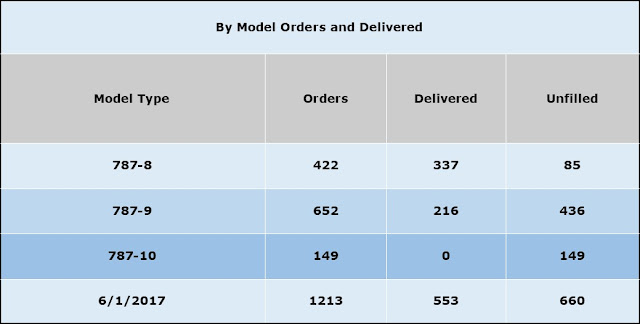Boeing is on the edge of its 20 year R&D march to the 797. Take lessons learned, proven new technology and emerging technology in small doses, then fuse them together into a 797. Boeing doesn't have to look over its shoulder spying Airbus and its NEO because they are stretching further than a New Engine Option a constant Airbus theme. Boeing is going to build something quick and sky shaking in the form of a 797. The fusion comes from its bag of proprietary tricks from engineering, marketing, and its supply bins.
Speculation becomes a currency for this topic. The long wait for a New Medium Aircraft (NMA) is closing with an announcement coming in the next 18 months. The 797 NMA naming is slotted into a hallow slot within the family of Boeing Aircraft. Fusing together Boeing success suggests it will take a road can't and won't follow. Its A321 will become obsolete and a new Airbus frame from the white paper process is ten years off while Boeing will have another five year head start. Ten years if counting launch customer announcements. Boeing is farther down road than it would like Airbus to know in this case.
Much like the 787 with its revolutionary plastic and all electric concepts, the 797 will reach back and then reach forward within Boeing's objective constraints. After considering this, the 797 will be plastic with a different body. An engine build is up for grabs from three engine makers. A guess is CFM, GE, and Rolls. The engine must come early in the process as the frame formation must work in harmony with the engine mount.
Speculation on things already available:
- Extensive CFRP use.
- Ceramic engine components
- Laminar Flow Technology
- Core electrical architecture
- Big Windows
Speculation on things coming forward
- Elliptical Body
- Extended Range capability
- New Engine Technology
- Use of New CFRP processes using less autoclave application
Proprietary Engineering comes from Boeing's back lot which even makes Walt Disney envious of his "Imagineering" world. However, today is spending speculation into reality which is a good occupation. Boeing at least is fusing its technology flying into the gap.









